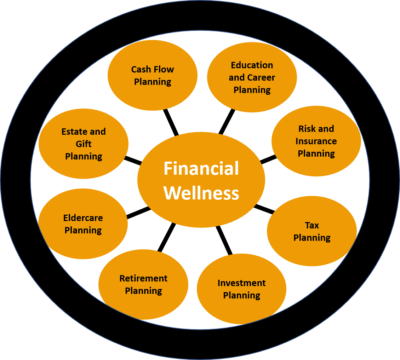Carefully Choose Real Foods
Making a choice in favor of cheaper processed foods, over real foods, could save you now and cost you later! Understand the true costs of real versus processed foods when deciding what to put in your grocery cart.
A real food is a whole, single-ingredient food. It is mostly unprocessed, free of chemical additives, and rich in nutrients. It’s the type of food we, humans, ate exclusively for thousands of years. Real foods include fresh lean meats, fish, fruits and vegetables.
While real foods are highly perishable items that can be costly to deliver to your plate, processed foods also come with a lot of costs. After all, in addition to the food processing itself, these costs often also include designing the cute tiger on the box, creating memorable marketing messages for commercials, developing attractive packaging and more.
Ultimately, however, with the U.S. government subsidizing corn and wheat (the main ingredients in many packaged foods) production, processed foods do tend to be less expensive at the check out counter. After all, Americans have voted with their forks – telling the government and food producers that we prefer cheap, convenient processed junk food. Therefore, our government subsidizes crops that provide these food-like products (corn, soybeans, and wheat) to make them very cheap to purchase and the most profitable for farmers to grow.
However, while there may be some savings on a cheap food diet in the short-term, the long term tells a different story – as told by our national stats on obesity, diabetes, heart disease, depression and more. Realizing this, avoid falling into the cheap food trap and, instead buy value and consider this:
- Favor the real foods on sale at the time. For example, when you are running low on fruit, just generally include fruit on the grocery list so you come home with the fruit that was on sale at the time and expand your variety.
- Read the ingredients only purchasing/ingesting what you know. If you do not recognize items on the list, either steer clear or research them before putting them in your cart.
- Be aware that frozen foods are a fine alternative to fresh foods.
- The restrictions placed around how quickly items must make it from the time it is gathered in the field to when it is frozen can often make frozen foods healthier than fresh foods that sit.
- Maintaining a good mixture of fresh and frozen items at home can help better manage spoilage, while making sure you always have something you can prepare the family without making emergency stops to the grocery store or ordering expensive take out as a convenience measure.
- Making eating out an experience, instead of an emergency backstop will go far in saving on your overall food expenses.
- When shopping at your favorite grocery store, avoid the tempting processed food aisles as much as possible. When you do venture down them:
- Move quick and know what you want ahead of time (when possible).
- For those “have to have” processed items, make an effort to compare offerings on the bottom rows (cheaper shelf space for lower margin items) and grocery store brands to the item you are seeking. Similar items on the ingredients list often means similar taste (for less cost).
A side, time-saving benefit to favoring real foods is that because coupons do not typically apply to real food items, you can save time and energy from worrying with the hassle of coupons.
So, be intentional in carefully choosing real foods friends as part of your commitment to plenteous living!
Member/Contributor:
Paula McMillan – Connect with Paula!

